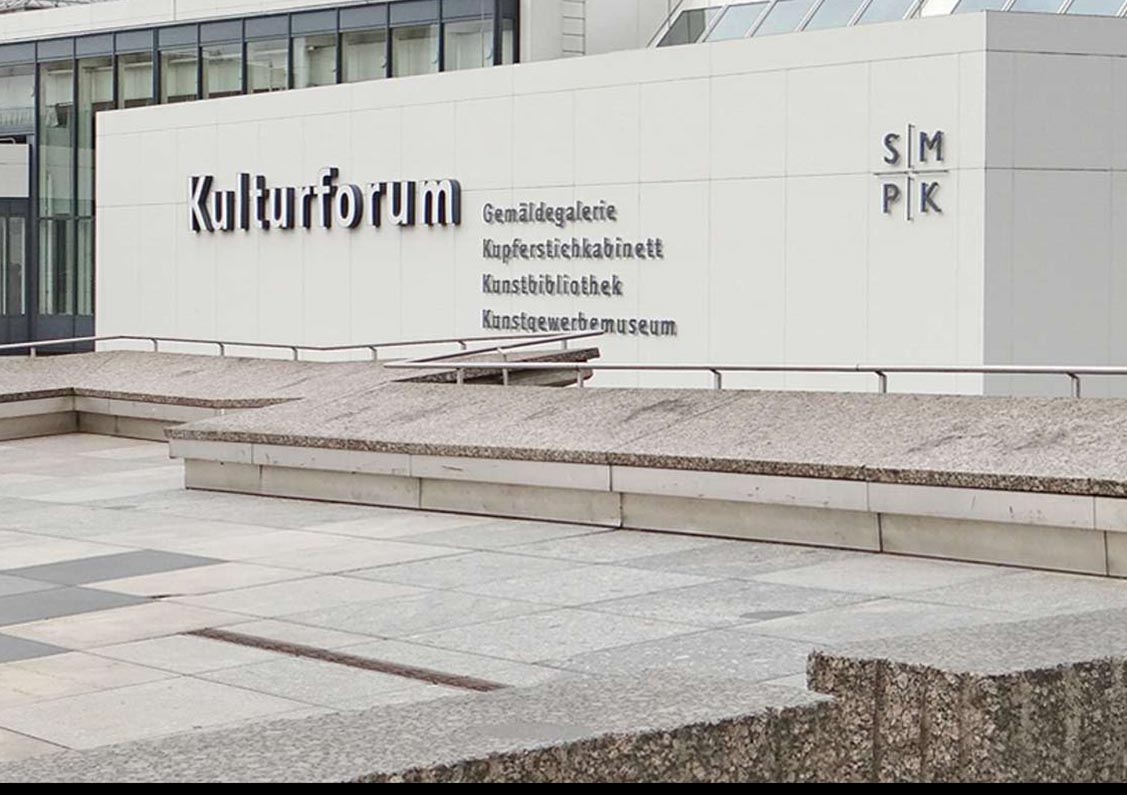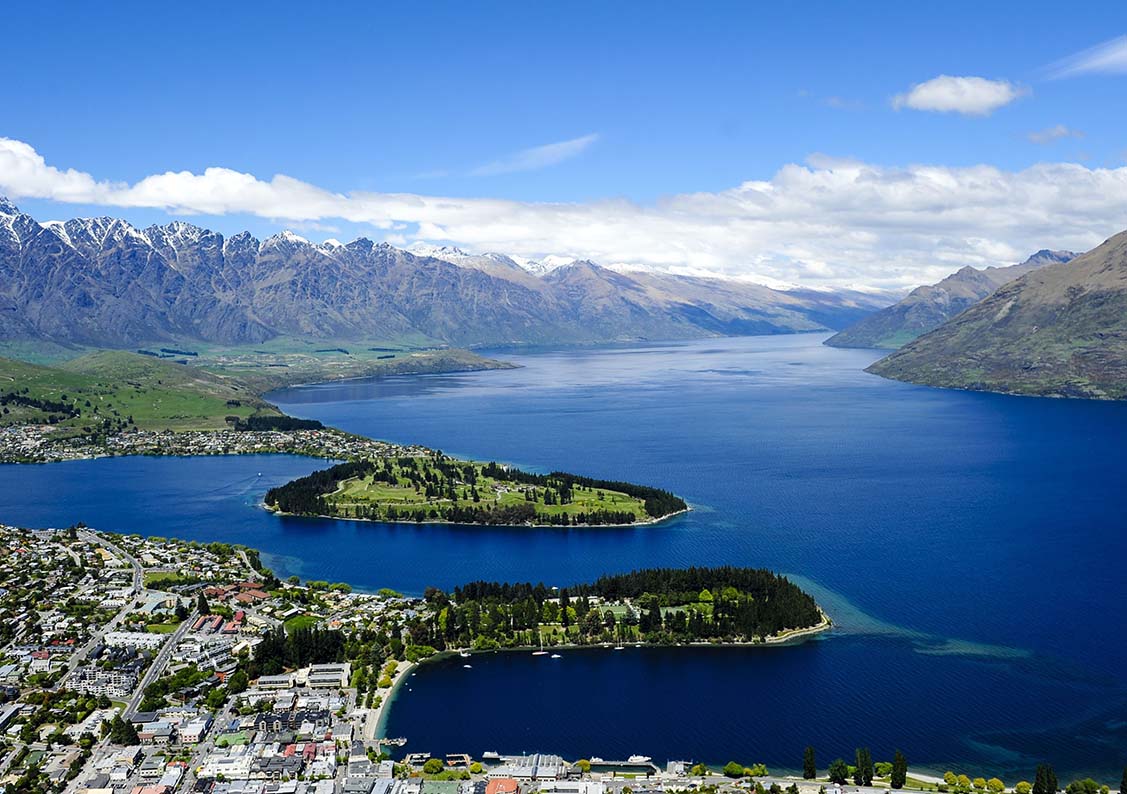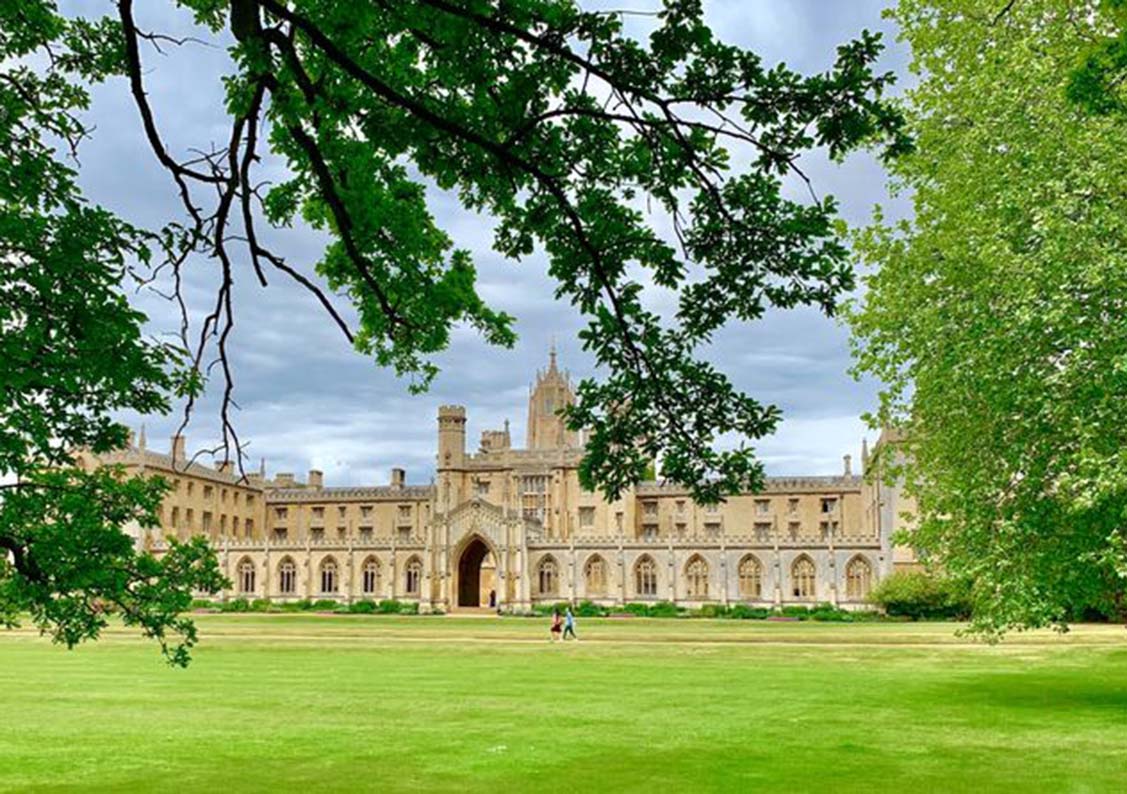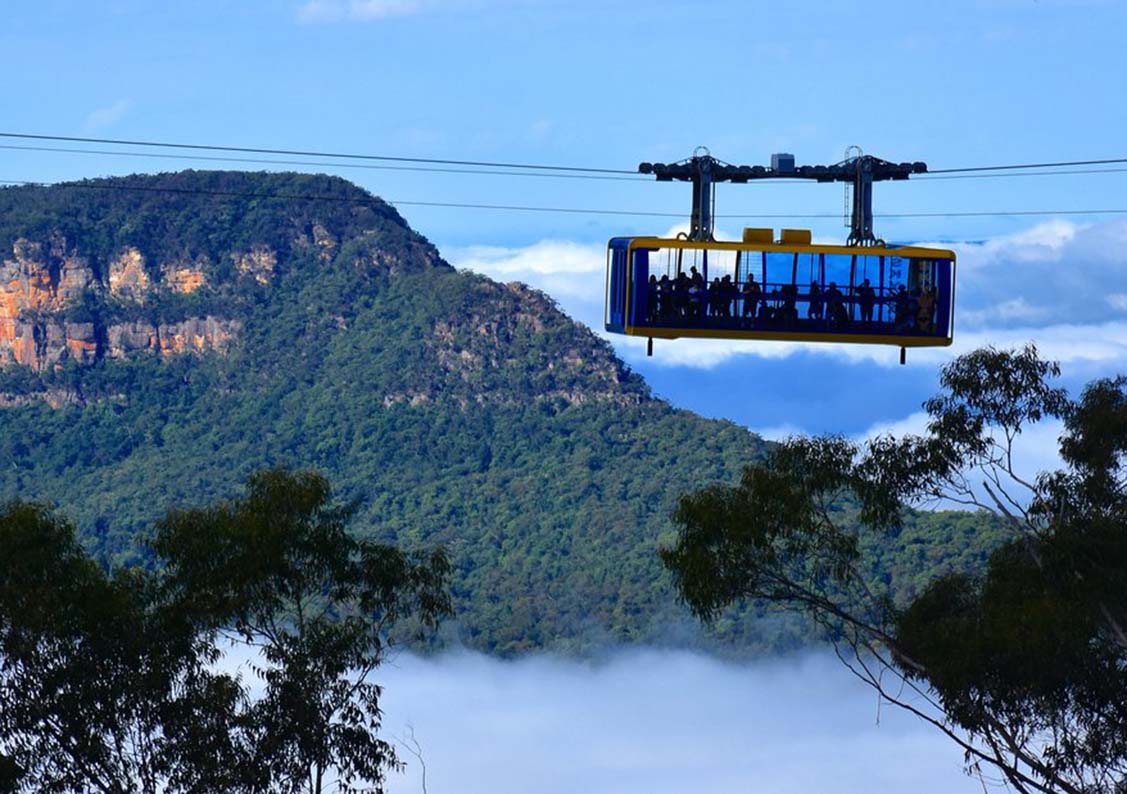Berlin, a city full of vitality and diversity, is not only famous for its rich historical background and cultural heritage but also for its modern urban landscape and vibrant creative atmosphere, making it a popular destination for travelers worldwide. As the capital of Germany, Berlin blends ancient and modern elements, tradition and innovation, making it a city with both cultural depth and contemporary vibes.
For first-time visitors to Berlin, the city’s multiculturalism, vast urban layout, and complex transportation system might be overwhelming. To help you better integrate into this city and fully experience its charm, I will provide a series of practical travel tips, with a special focus on Berlin’s transportation system, to help you move around this modern city with ease.
1. Overview of Berlin and Basic Information
Berlin is Germany’s largest city, with a population of over three million people, making it one of the most vibrant cities in Europe. The history of Berlin is extremely rich; it was once the capital of Prussia and later became the dividing line between East and West during the Cold War. Today, Berlin has become an international metropolis, attracting visitors from all over the world with its strong cultural atmosphere, diverse communities, and open mindset.
The culture and lifestyle in Berlin are unique. The city is home to world-famous landmarks like Museum Island, the Berlin Wall remnants, and Brandenburg Gate, as well as innovative street art, modern architecture, and a thriving nightlife. The people of Berlin are friendly and inclusive, with individuals from around the world living, working, and creating together.
2. Preparations Before Traveling to Berlin
1. Language
The official language of Berlin is German. However, due to the high level of internationalization in the city, many residents speak English. In tourist areas, museums, restaurants, and stores, most service staff can communicate in basic English. Nevertheless, learning a few German phrases will be very helpful. Simple greetings, expressions of thanks, and apologies will allow you to better integrate into the local culture.
Common German phrases:
- Hello: Hallo
- Thank you: Danke
- Excuse me: Entschuldigung
- Please: Bitte
- Yes / No: Ja / Nein
2. Currency and Payment Methods
The official currency of Berlin is the Euro (EUR). In Berlin, most stores, restaurants, and hotels accept credit and debit cards, especially Visa and MasterCard. However, some smaller shops and markets may only accept cash, so it’s recommended to carry some cash with you. Most ATMs in Berlin allow you to withdraw money as well.
3. Time Zone and Voltage
Berlin is located in the Central European Time (CET) zone, with Central European Summer Time (CEST) during the summer. The voltage in Berlin is 230 volts, with a frequency of 50Hz, and the sockets are two-prong round plugs. Remember to bring an adapter for your electronic devices.
3. Detailed Guide to Berlin’s Transportation System
Berlin’s transportation network is highly developed and efficient, making it one of the best ways for tourists to get around the city. Whether you’re using public transport, taking a taxi, or renting a bike, the variety of transport options in Berlin can cater to the needs of different travelers. Below, I will provide a detailed introduction to Berlin’s transportation system to help you move around the city conveniently and quickly.
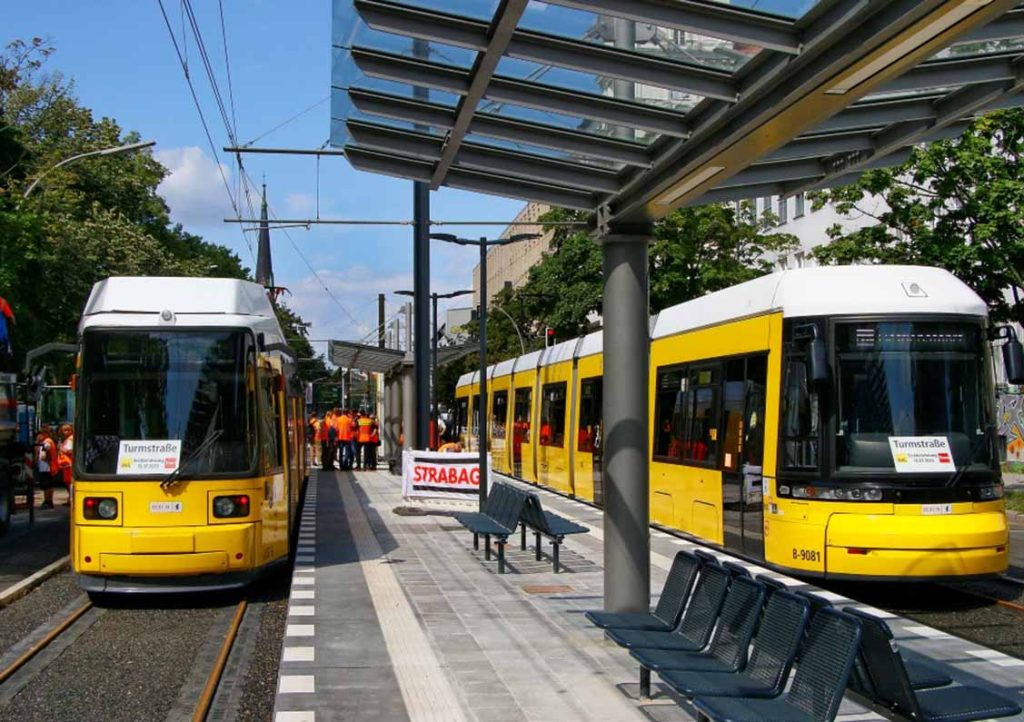
1. Overview of Public Transportation
Berlin’s public transportation system consists of the subway (U-Bahn), light rail (S-Bahn), buses, and trams. All public transport is operated by the Berlin Transport Company (BVG), and a single ticket can be used for all modes of transport.
- Subway (U-Bahn)
Berlin’s subway system is extensive and ideal for reaching the main attractions in the city center. The subway stations are clearly marked, and the lines are differentiated by colors and numbers, making it easy for visitors to navigate. The subway operates from around 4:30 AM until 1 AM, with some lines offering nighttime service. - Light Rail (S-Bahn)
The S-Bahn is the primary mode of transport between Berlin’s suburbs and the city center. It connects much of the city, including airports, train stations, and some outlying attractions. Compared to the subway, the S-Bahn is better for travelers who need to travel longer distances quickly. - Buses
Berlin’s bus system is also well-developed, especially in areas not covered by the subway and S-Bahn lines. Bus fares are the same as for the subway and S-Bahn, but buses tend to be slower than the subway, making them more suitable for short trips. - Trams
Trams are more common in the eastern parts of Berlin and some newer city districts. They are a comfortable and scenic way to travel, ideal for sightseeing. Tram lines are longer, but they move more slowly, which makes them great for a leisurely tour of the city.
2. Ticket Prices and Ticket Purchase
Berlin’s public transport system uses a zone-based pricing system. Most attractions and areas in the city are located within Zones A and B. You can buy single tickets (Einzelfahrausweis), day tickets (Tageskarte), or multi-day passes (7-Tage-Karte). Ticket prices vary depending on the zones and the time of travel.
- Single Ticket: Ideal for one-way travel and short distances.
- Day Ticket: Perfect for unlimited travel within one day.
- Multi-Day Ticket: Suitable for tourists staying in Berlin for several days, usually offering unlimited travel within seven days.
Tickets can be purchased at ticket machines in subway stations, S-Bahn stations, bus stops, or shops. If you’re using a smartphone, you can also purchase electronic tickets through the BVG official app. In any case, make sure to buy and validate your ticket before boarding any public transport. Failure to do so will result in a fine.
3. Recommended Transportation Card: Berlin WelcomeCard
For tourists, the Berlin WelcomeCard is a very useful transportation pass. It not only provides unlimited travel on public transport but also offers discounts on many museums and attractions. The Berlin WelcomeCard is ideal for tourists staying for 3 to 5 days in Berlin and is highly recommended. You can choose the card type based on your length of stay and purchase it at major transportation hubs in the city.
4. Cycling in Berlin
Berlin is an excellent city for cycling, with an abundance of bike lanes throughout the city. Whether you’re taking a short trip or enjoying a bike adventure, Berlin’s cycling facilities are highly convenient. Many locals and tourists opt to cycle, especially when the weather is pleasant. You can rent a bike or use bike-sharing services like Lime or Circ. Most bike rental services can be accessed via smartphone apps, making the process fast and easy.
5. Taxis and Ride-Hailing Apps
Although Berlin’s public transport is very convenient, taxis remain a preferred option for some travelers, particularly in bad weather or when a fast ride to a specific location is needed. The starting fare for taxis in Berlin is around 3.5 euros, with an additional charge of approximately 1.5 euros per kilometer. You can book a taxi by phone or hail one on the street. For those who prefer a digital experience, Uber and other ride-hailing services operate in Berlin, making it easier to book a taxi through these platforms.
6. Walking and Exploring the City
Berlin is a very walkable city, especially in the central areas where many attractions are concentrated in a relatively small area. You can take a leisurely stroll around landmarks like Brandenburg Gate, Museum Island, and Alexanderplatz. Additionally, Berlin boasts many beautiful parks and green spaces. The Tiergarten is the city’s most popular green lung, offering a perfect place for a relaxed walk.

4. Berlin’s Culture and Daily Life
Berlin is a city full of culture and creativity, where visitors can experience a wide range of lifestyles and cultural exchanges. The city offers rich museums, art exhibitions, historical sites, and restaurants serving food from all over the world, satisfying the needs of all kinds of tourists.
- Museums and Art Galleries
Museum Island in Berlin is a world-renowned cultural landmark that every tourist should visit. In addition, places like the Kulturforum and the Berlin Museum of Modern Art provide art lovers with a wealth of options. - Nightlife and Dining
Berlin has a very lively nightlife scene, famous especially for its electronic music parties. At the same time, the city’s culinary offerings are incredibly diverse, with traditional German dishes alongside global cuisines. In Berlin, you can taste authentic German beer, currywurst (Currywurst), and a variety of Mediterranean and Asian cuisines.
Berlin is a city full of modern energy and historical charm. Whether you’re taking the efficient public transport system, cycling through the streets, or spending time in museums, restaurants, and art venues, you will find yourself falling in love with the city. I hope these travel tips help you integrate seamlessly into life in Berlin and fully enjoy the charm of this international metropolis.
